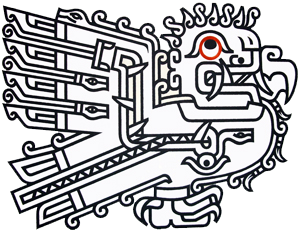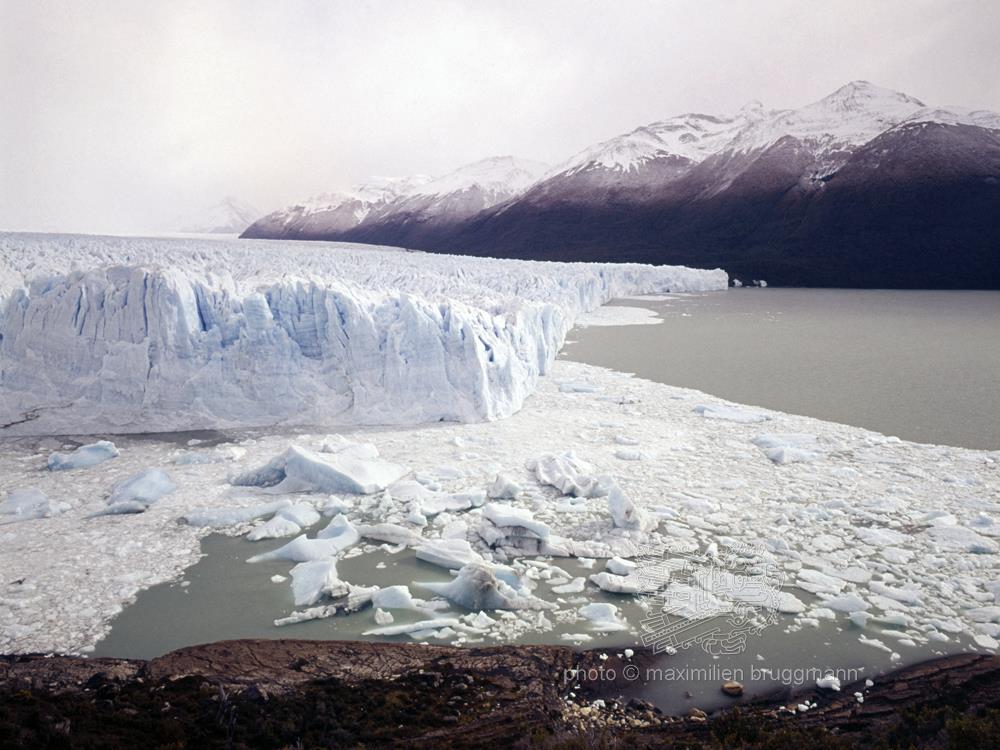Description
The Argentine Antarctic covers an area of 1,230,000 square kilometres, a world of ice and rocks that is still largely unexplored. Only a few have had the courage and endurance to venture into this inhospitable region, where dangers threaten and temperatures are extremely low. Already in certain sections of the Andes Cordillera, especially in the southernmost part, one feels this impression of solitude. You only have to make the trip to the Perito Moreno glacier to convince yourself of this. This magnificent glacier owes its name to an Argentinean naturalist. It is 17 kilometres long and at least three kilometres wide, with a front height of 70 metres. Here at the glacier break-off, blocks of ice are constantly breaking away and plummeting into the depths with a deafening roar. They then float as icebergs through Lake Argentino. The Perito Moreno glacier advances four metres a year - a consequence of the heavy precipitation on the peaks of the southernmost Andes. - 1973
Description
The Argentine Antarctic covers an area of 1,230,000 square kilometres, a world of ice and rocks that is still largely unexplored. Only a few have had the courage and endurance to venture into this inhospitable region, where dangers threaten and temperatures are extremely low. Already in certain sections of the Andes Cordillera, especially in the southernmost part, one feels this impression of solitude. You only have to make the trip to the Perito Moreno glacier to convince yourself of this. This magnificent glacier owes its name to an Argentinean naturalist. It is 17 kilometres long and at least three kilometres wide, with a front height of 70 metres. Here at the glacier break-off, blocks of ice are constantly breaking away and plummeting into the depths with a deafening roar. They then float as icebergs through Lake Argentino. The Perito Moreno glacier advances four metres a year - a consequence of the heavy precipitation on the peaks of the southernmost Andes. - 1973





